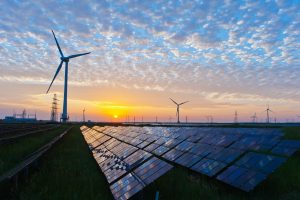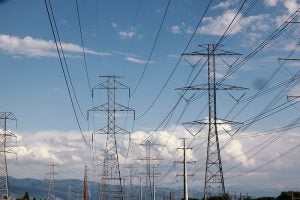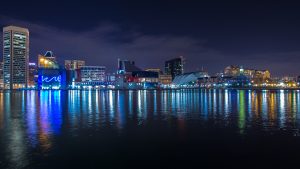 California’s three major utilities – Pacific Gas & Electric (PG&E), Southern California Edison (SCE), and San Diego Gas & Electric (SDG&E) – have proposed plans to move Californians to electricity prices that vary with the time of day. Time-of-use pricing, or TOU, is critical to aligning our energy use with times when clean, cheap electricity powered by sunshine and wind is already available. TOU works because electricity is cheap when it can be powered by renewable resources and more expensive during times of peak (high) energy demand. As with any shopping, knowing prices empowers people to choose wisely to save money.
California’s three major utilities – Pacific Gas & Electric (PG&E), Southern California Edison (SCE), and San Diego Gas & Electric (SDG&E) – have proposed plans to move Californians to electricity prices that vary with the time of day. Time-of-use pricing, or TOU, is critical to aligning our energy use with times when clean, cheap electricity powered by sunshine and wind is already available. TOU works because electricity is cheap when it can be powered by renewable resources and more expensive during times of peak (high) energy demand. As with any shopping, knowing prices empowers people to choose wisely to save money.
New research from Lawrence Berkeley National Lab estimates TOU rates could collectively save customers up to $700 million annually by 2025 by getting the most out of our solar and wind resources. They find that absent TOU rates, we will waste up to 12 percent of existing renewable generation capacity, and solutions like TOU can reduce this waste by six-fold. We at Environmental Defense Fund (EDF) estimate that if this clean electricity were instead provided by natural gas power plants, it would generate 8 million additional tons of greenhouse gas pollution each year. Burning gas when we could instead rely on clean energy would dramatically impede the 11 million tons per year of greenhouse gases we need to eliminate from our economy to reach California’s 2050 environmental goals.
Testing TOU
The three big utilities are half-way through “opt-in” pilot programs that test these new rates. They’ve just submitted plans to the California Public Utilities Commission to test automatically switching some people to TOU in 2018, leading up to a complete roll out in 2019. TOU rates will work for most customers right away, reducing their bills and providing new opportunities to save money. Further, people can always opt out of the program. Read More










 “What happened to oil in the late 1970s?” was a question assigned to me in elementary school to discuss with family over the Christmas holiday break. At the time, this question seemed innocent enough, and I didn’t know how my family would react about what I soon learned to be two oil embargos. Turns out when I brought it up one night, extended family members held a broad spectrum of views on the issue, and the question led to one of the most heated dinner arguments I can recall – until this year, at least. This holiday, family discussions focused on the presidential election. Fierce conversation ensued on standout topics. But, to my dismay, energy and the environment were just an afterthought.
“What happened to oil in the late 1970s?” was a question assigned to me in elementary school to discuss with family over the Christmas holiday break. At the time, this question seemed innocent enough, and I didn’t know how my family would react about what I soon learned to be two oil embargos. Turns out when I brought it up one night, extended family members held a broad spectrum of views on the issue, and the question led to one of the most heated dinner arguments I can recall – until this year, at least. This holiday, family discussions focused on the presidential election. Fierce conversation ensued on standout topics. But, to my dismay, energy and the environment were just an afterthought. Market forces and technology are increasingly making old, dirty power plants uneconomic, which creates an opportunity for clean energy progress and cleaner air. However, outdated rules and entrenched interests can complicate the path to a healthier energy economy, as evidenced by a new settlement in Ohio.
Market forces and technology are increasingly making old, dirty power plants uneconomic, which creates an opportunity for clean energy progress and cleaner air. However, outdated rules and entrenched interests can complicate the path to a healthier energy economy, as evidenced by a new settlement in Ohio.
 By
By  The need to plan for and design a more efficient, cleaner, and resilient electricity
The need to plan for and design a more efficient, cleaner, and resilient electricity